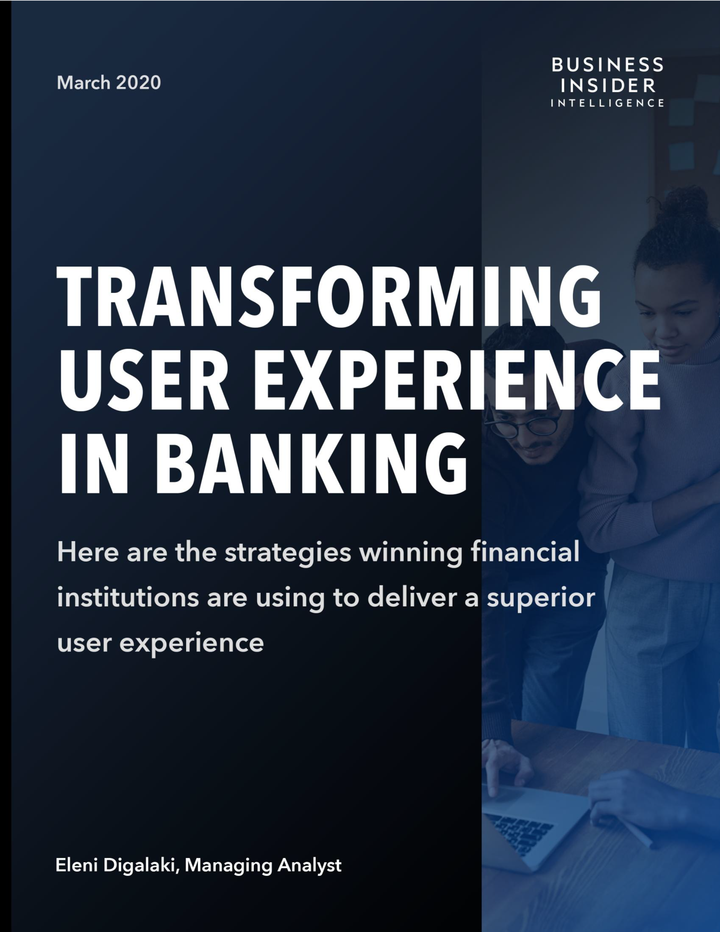Customer experience has become a significant competitive advantage in the travel industry, magnified by shifts in what travelers value. We’re on the cusp of an evolution in how emerging technology will enhance the travel experience from start to finish, moving from reactive to anticipatory and proactive customer experiences.

Evolving expectations
With more ways to spend their time and money than ever before, people expect more from their customer experiences. Today’s experiences are benchmarked against the best across all industries, which means companies compete with experiences completely outside their category for mindshare and wallet. So, when a company disrupts an industry or makes their service incredibly easy or more delightful, consumers wonder why everything can’t be that simple. Turns out, travel and technology are good companions.
In the past, when a flight was canceled, it was enough for a travel company to supply travelers with the connection points and contact information to fix the issues themselves. We’re no longer in that era. Now, travelers will compare the self-service experience of dealing with a flight cancellation with the ease and simplicity of their favorite app — regardless of industry. The end-to-end service travelers receive is considered part of the product experience itself.
The shift of customer focus from products to services to experiences has been happening for years, and the pandemic has only amplified the need for meaningful connection. Travelers are placing greater value on the trips they’re taking and the memories they are making. A recent report from Expedia Group found that 50% of travelers plan to spend more on trips than they did prior to the pandemic.
Higher consumer expectations, coupled with an increased emphasis on the role of travel in our lives, has raised the bar considerably for travel providers who want to deliver great experiences.
Human-Centered Design
To become a traveler-centric company, we must put our deep understanding of traveler needs, preferences, and behaviors at the core of our work. Human-Centered Design allows our cross-functional teams to activate our expertise and innovate in real time: connecting travelers with inspiring ideas to explore their world, streamlining the planning process, and keeping relevant information at their fingertips throughout their trip.
While historically, travel providers have viewed the transaction as the end of a traveler’s experience, Human-Centered Design enables an experience-led product and service design process that maps the traveler’s journey end-to-end and informs every touchpoint they have along the way.
A shift to holistic thinking and personalized experiences
The travel industry has a history of optimizing experiences for search and transactions. Instead of focusing on the transaction, travel providers need to focus on the relationship travelers have with their brand and use that to build more intuitive, personalized, and proactive experiences. Taking a more holistic view of the experience frees us from thinking in transactional silos and highlights how all the pieces interconnect. From discovery and planning, to booking, in-trip, and post-trip — it helps connect the journey across all channels and time.
Travelers don’t see parts of the experience or features in isolation, to them it’s all one experience — and that’s exactly how companies need to see it too.
Making technology human
Technology is an enabler of great experiences. Leveraging artificial intelligence, natural language processing, and predictive analytics, companies can create hyper-personalized interactions that adapt to a traveler’s context and work across every aspect of their journey. At their core, experiences need to be humanized, starting with a cohesive design and conversational tone, removing jargon, reducing complexity, and streamlining interactions.
Once that foundation is ready, companies can deliver real-time, personalized experiences that meet travelers where they are and provide the right information, at the right time, in the right context. Personalization unlocks a new level of experience quality. It moves us from a ‘one-to-many’ to a ‘one-to-one’ conversation with customers. Reflecting people’s needs and preferences while providing value at every interaction also builds trust. Companies can use data to anticipate issues and solve them using customer preferences and light touch interactions.
Natural language processing allows for multimodal interaction, so travelers can interact in the most natural way for them — whether that’s through typing, tapping, or voice. Voice interaction will become increasingly prevalent over time, enabling a new generation of experiences that deliver actionable insights and real-time personalized interfaces.
What’s next – hyper-personalization and prediction
What’s considered bleeding-edge now will become table stakes in the future as customers’ expectations evolve. Where we’re heading is hyper-personalized interactions that adapt to context, work across the entire journey, and solve problems before travelers even know they have them — the future is predictive and proactive.
This shifts us from a place where flight cancellations cause additional time and stress, to a world where issues are solved before travelers even know there’s a problem. A world where flights are rebooked and itineraries updated before travelers even know their flight was canceled, with orchestration happening behind the scenes, reducing the complexity and stress when things change. Systems that get better the more you interact with them, increasing value to travelers by anticipating their needs.
This is where the power of journey orchestration and proactive experiences really come into view. Travel providers that take advantage of this trend can create better customer experiences, achieve higher conversion rates, and increase the value of each trip. They also can build long-term relationships with travelers instead of just transactions.
Originally posted at MyCustomer



